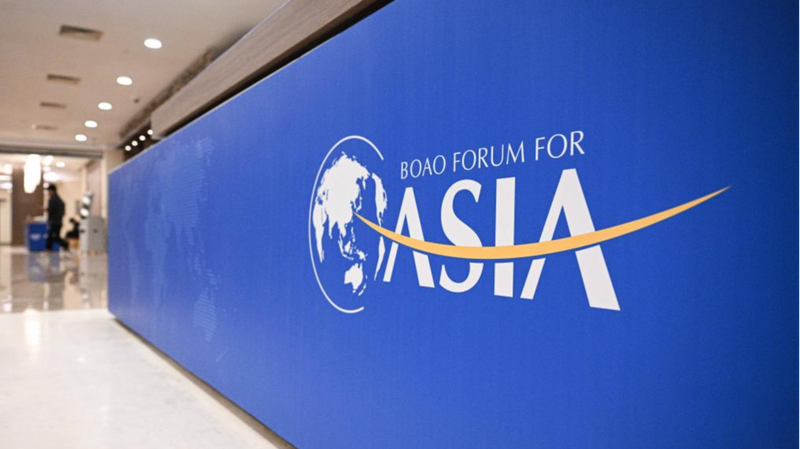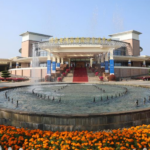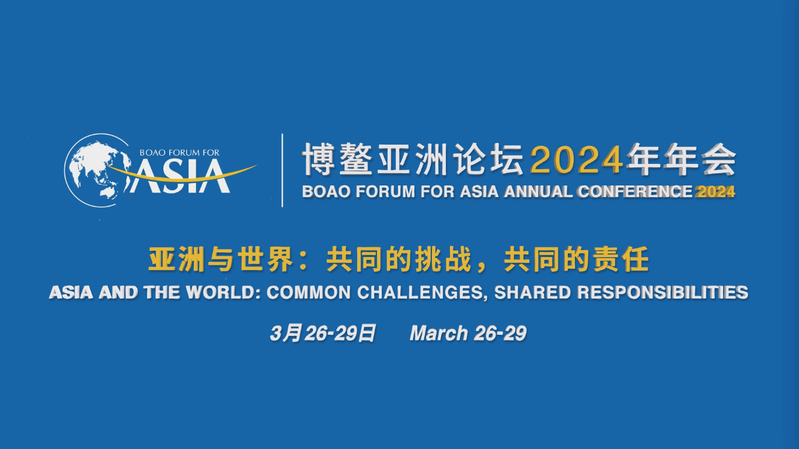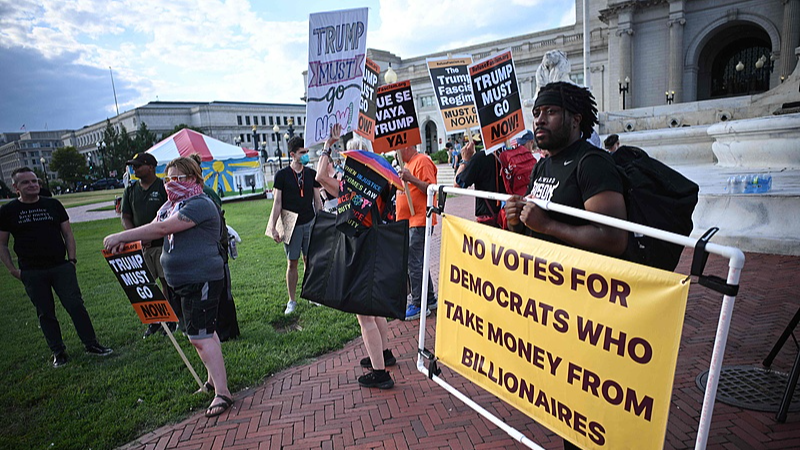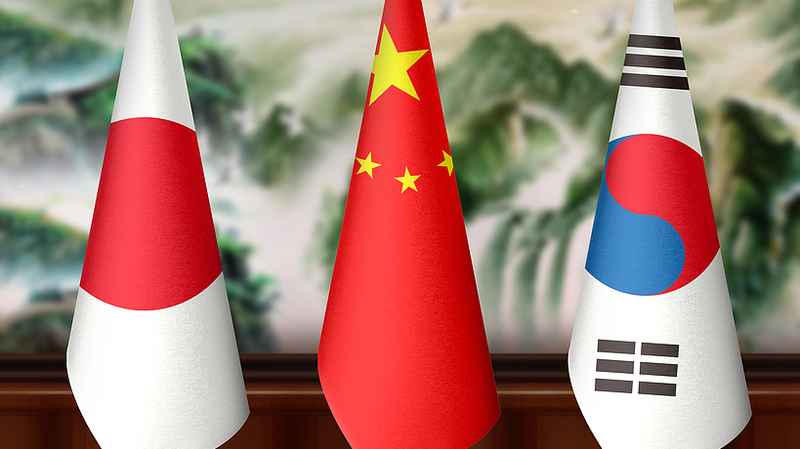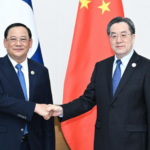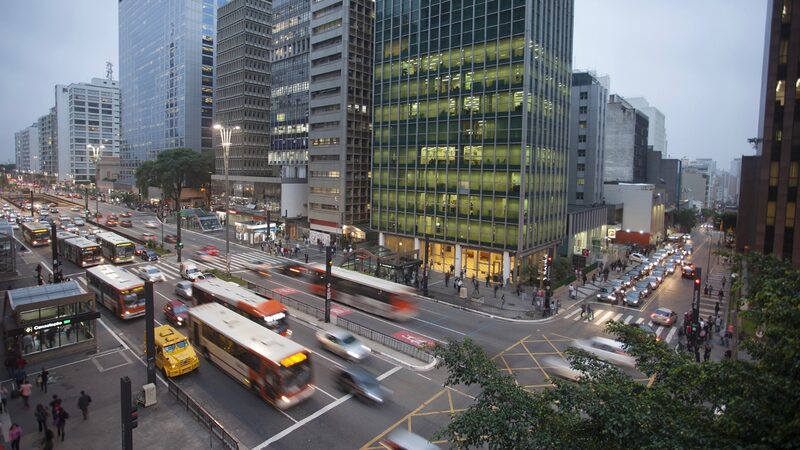As the Boao Forum for Asia 2025 kicks off, leaders from emerging economies are asking: Can the Global South redefine modernization on its own terms? 🌍 With nations like China, India, and Indonesia driving 42% of global GDP (and rising), the answer might just be a resounding yes. 🚀
Power Shifts & New Alliances
While political turbulence rocks Western economies, Asia is doubling down on collaboration. Projects like the China-Europe Railway Express—connecting 220+ cities across 25 countries—show how decentralized supply chains are rewriting trade rules. 🚂💡 Meanwhile, trilateral talks between China, Japan, and South Korea prove old rivals can prioritize shared growth.
Growth By Numbers
The stats tell the story: Over 1 billion people lifted from extreme poverty in 20 years 📈, and Global South economies now account for 50% of global GDP as of 2024. Yasiru Ranaraja, a Sri Lanka-based analyst, notes: ‘These nations aren’t just participants—they’re architects of the new world order.’
Challenges Ahead
But unity isn’t guaranteed. Bridging the North-South divide requires strategic cooperation on climate, tech, and equitable resource distribution. 🌱💻 The Boao Forum’s focus on ‘interdependent regional solutions’ could be the blueprint the Global South needs—if they rally behind it.
Reference(s):
Can the Global South create a unified vision for modernization?
cgtn.com
